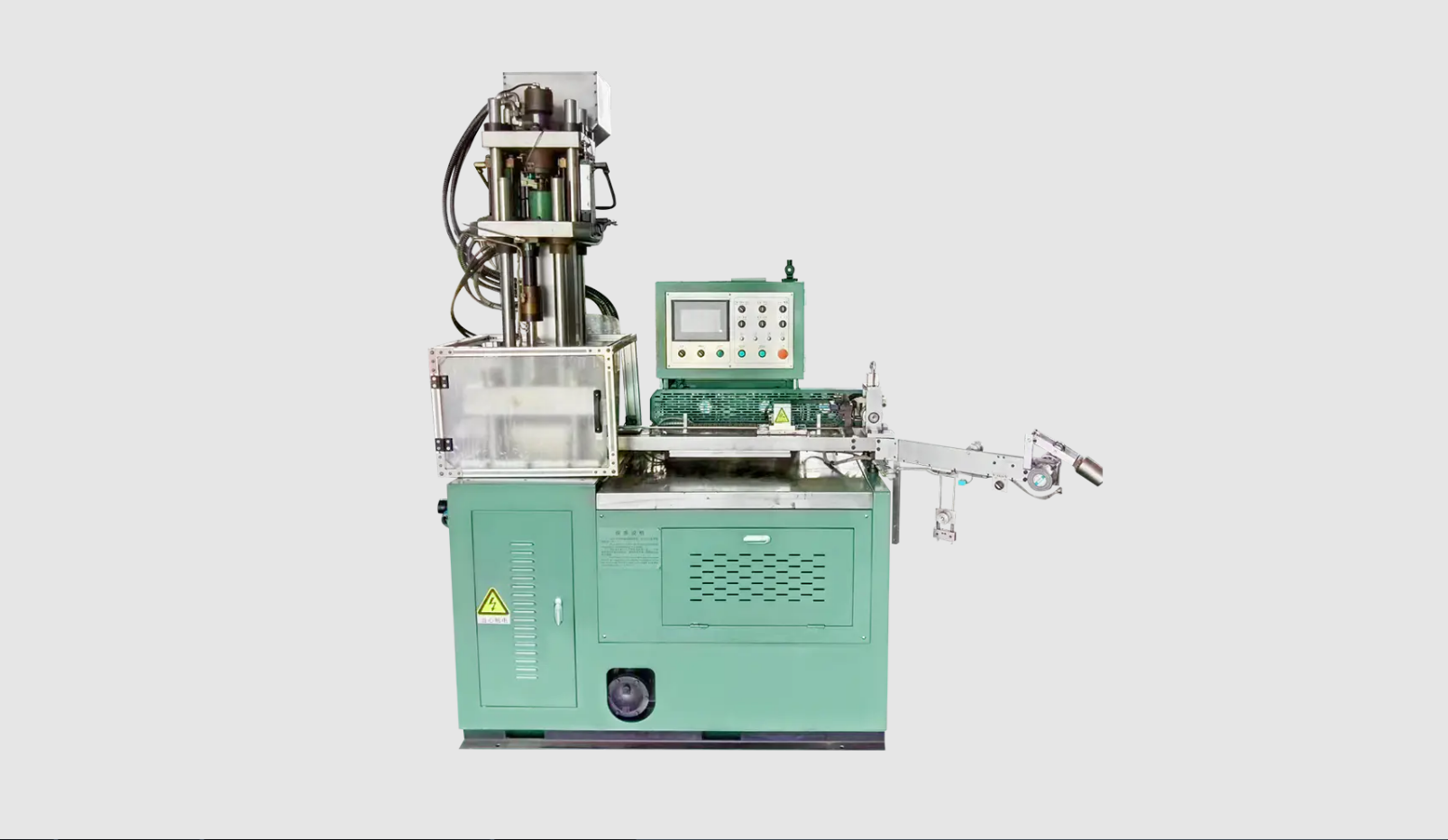Key Advantages of Vertical Injection Molding Machines
In the plastic manufacturing industry, choosing the right injection molding machine is critical for efficiency, quality, and cost-effectiveness. While horizontal injection molding machines have been widely used for decades, vertical models offer unique benefits that make them increasingly popular. A vertical injection molding machine manufacturer designs these machines to optimize space, precision, and versatility, providing advantages that can impact production in significant ways.
Space Efficiency and Compact Design
One of the main advantages of a vertical injection molding machine is its compact footprint. Unlike horizontal machines, vertical models have a vertical clamping unit, which reduces the overall space required on the factory floor. This design is especially beneficial in facilities where space is limited or multiple machines need to be arranged efficiently. Manufacturers can place vertical machines closer together, creating a streamlined production layout that maximizes factory utilization.
Improved Mold Accessibility
Vertical injection molding machines provide easier access to the mold for installation, maintenance, and inspection. The vertical clamping system allows molds to be loaded from the top, making it simpler to handle heavy or complex molds. This accessibility reduces downtime during mold changes and allows operators to perform quick adjustments without extensive equipment disassembly, improving overall workflow efficiency.
Better Handling of Insert Molding
One of the standout benefits of vertical machines is their suitability for insert molding applications. Components like metal inserts, electronic parts, or threaded bushings can be placed into the mold before the plastic is injected. The vertical orientation uses gravity to hold inserts in place securely, reducing the risk of movement during injection. This feature is particularly valuable for manufacturers producing complex or multi-material components, increasing the precision and quality of the final product.
Enhanced Precision and Consistency
Vertical injection molding machines often provide better precision for small or intricate parts. The vertical clamping system reduces deflection and improves alignment during injection, resulting in more consistent part dimensions. Manufacturers focusing on high-precision components, such as medical devices, electronics, or automotive parts, benefit from the stability and accuracy that vertical machines offer.
Ease of Automation and Robotics Integration
Vertical machines are also advantageous for automated production lines. Their design makes it simpler to integrate robotic arms for part removal, insert placement, or post-processing. A vertical injection molding machine manufacturer often equips machines with automation-ready features, which can enhance production speed while maintaining product consistency. This integration reduces labor costs and increases output efficiency.
Reduced Material Waste and Improved Cooling
The vertical orientation can also improve material flow and cooling efficiency. Plastic tends to fill the mold evenly due to gravity assistance, which minimizes defects such as warping or sink marks. In addition, the vertical design often allows for more efficient cooling system installation, shortening cycle times and reducing energy consumption, which is particularly important for high-volume production.
Vertical injection molding machines offer multiple advantages over horizontal models, including space efficiency, easier mold access, improved insert molding, precision, automation compatibility, and better material flow. Choosing the right machine depends on the production requirements, part complexity, and available factory space. A vertical injection molding machine manufacturer provides these machines with specific features to meet modern manufacturing needs, helping producers improve efficiency, product quality, and overall operational performance.
